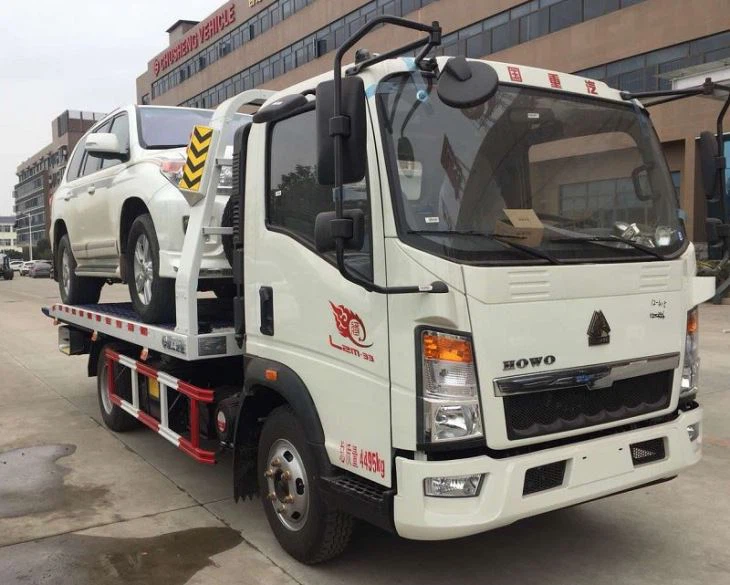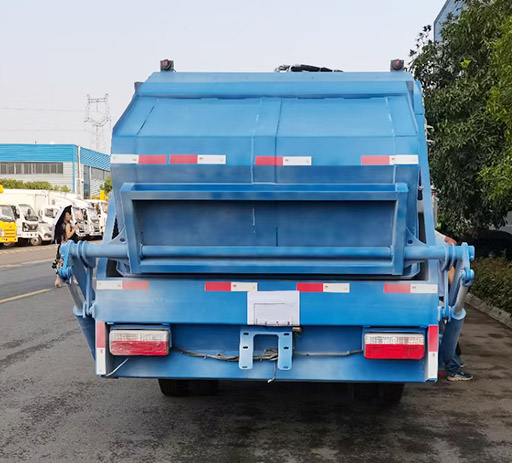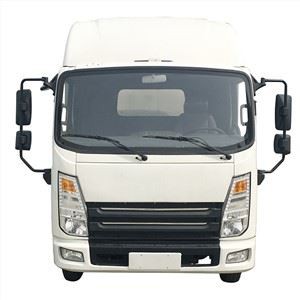Tender Fire Truck: An In-Depth Guide to This Essential Emergency Vehicle

Introduction to Tender Fire Trucks
Tender fire trucks play a vital role in firefighting and rescue operations. These specialized vehicles are designed to transport large quantities of water and other firefighting supplies to sites where they may be critically needed. Unlike traditional fire engines, which are equipped with hoses and pumps, tender fire trucks primarily serve as support units, enhancing the operational capacity of fire departments. In this article, we will explore the various aspects of tender fire trucks, including their types, features, applications, and best practices for effective use.
What is a Tender Fire Truck?
A tender fire truck, often referred to as a water tender or tanker, is specifically built to carry large volumes of water. Its primary function is to provide supplementary water supply to firefighting efforts, particularly in areas where fire hydrants are sparse or absent. Tender fire trucks usually transport 1,000 to 3,000 gallons of water and can also carry firefighting equipment and personnel.
Key Components of a Tender Fire Truck
- Water Tank: The most crucial feature, holding large quantities of water.
- Pumping System: While not always present, some tenders are equipped with pumps for quick discharges.
- Firefighting Equipment: May include hoses, nozzles, and tools for quick response.
- Cab and Crew Space: Designed for the crew’s comfort and safety during transportation.
Types of Tender Fire Trucks
Tender fire trucks are categorized based on their design, fire department requirements, and operational capabilities.
1. Conventional Tankers

These tenders feature a large water tank mounted on a standard truck frame. They are widely used for municipal fire departments and are designed to transport water to rural areas.
2. Mobile Command Centers
Some tender trucks are outfitted for dual purposes, functioning as mobile command centers. These units may include communication equipment and operational planning tools.

3. Suction Tenders
This type of tender is designed to not only transport water but also to withdraw water from natural sources like lakes or rivers. They often include specialized pumps for this purpose.
Applications of Tender Fire Trucks
Tender fire trucks are versatile and can be deployed in various scenarios:
1. Rural Firefighting
In rural areas where hydrants are scarce, tenders provide essential water supply to combat wildfires or structural fires.
2. Natural Disasters
Tender fire trucks are critical in areas affected by floods, hurricanes, and other natural disasters, where traditional firefighting resources may be compromised.
3. Public Events
During large public events such as concerts or festivals, tenders ensure adequate water supply for worker safety and emergency preparedness.
Advantages of Using Tender Fire Trucks
Utilizing tender fire trucks in firefighting operations offers numerous benefits:
- Increased Water Supply: These trucks can transport water directly to the fire scene, increasing the operational capacity of fire departments.
- Versatile Use: Beyond firefighting, tenders can be adapted for various emergency situations, offering flexibility in a range of operations.
- Improved Response Times: Tenders can quickly reach remote areas, reducing delays in firefighting efforts.
Essential Features of Tender Fire Trucks
When selecting a tender fire truck, certain features are crucial for efficient operation:
Water Tank Size
The size of the water tank is paramount, typically ranging from 1,000 to 3,000 gallons. Departments must choose based on their specific needs and areas of operation.
Durability
Given the rugged environments tenders often navigate, the vehicle’s construction must be durable, including weather-resistant materials.
Pumping Capability
A pumping system that offers reliable water discharge rates can significantly enhance firefighting efforts by providing instant fire suppression.
Storage for Equipment
Ample storage space for hoses, nozzles, and other firefighting gear is necessary to ensure crews are prepared for any situation.
Accessibility
The truck design should include features for easy access to the water supply and equipment, promoting swift response during emergencies.
Best Practices for Operating a Tender Fire Truck
To maximize effectiveness, here are some best practices for operating a tender fire truck:
Routine Maintenance
Regular checks of the water tank, pumps, and hoses ensure the vehicle is always ready for action. Maintenance schedules should be strictly adhered to.

Training and Drills
Fire department personnel should engage in consistent training and realistic drills to develop proficiency in operating tender trucks and deploying water effectively.
Communication Systems
Ensure that all tenders are equipped with reliable communication systems to coordinate efforts with other emergency services.
Strategic Placement
Involvement of tenders in pre-planned fire response strategies increases efficiency. Placement near high-risk areas can allow for quicker response to wildfires or blazes.
Cost Considerations for Tender Fire Trucks
Investing in a tender fire truck requires substantial financial planning:
Initial Purchase Costs
The cost of a tender fire truck can vary greatly based on size, features, and manufacturer, generally ranging from $100,000 to $300,000.
Ongoing Maintenance Costs
Annual maintenance, insurance, and the cost of necessary upgrades should also be factored into the total expense of owning a tender fire truck.
Funding Opportunities
Many fire departments can seek government grants or community funding campaigns to offset the costs associated with purchasing new vehicles.
Trends and Innovations in Tender Fire Trucks
As technology evolves, so do the designs and capabilities of tender fire trucks:
Water Reclamation Systems
Some newer models are equipped with systems that can reclaim water from fire scenes, allowing for more sustainable practices in firefighting.
Enhanced Communication Technologies
Modern tenders often come with integrated communication and GPS systems, ensuring coordination during emergency operations and optimizing navigation.
Energy Efficiency
Improving fuel efficiency and selecting alternative fuel sources like electric or hybrid systems is an area of active development in emergency vehicles.
Case Studies: Effective Use of Tender Fire Trucks
Examining successful deployments can provide valuable insights:
Case Study 1: Rural Wildfire Response
A rural fire department in California utilized a fleet of tender fire trucks to combat a wildfire threatening homes. The tenders transported over 25,000 gallons of water within hours, significantly controlling the spread of the fire and protecting the community.
Case Study 2: Urban Event Protocol
During a massive public event in New York City, deployed tenders ensured adequate water supply, enhancing emergency responders’ readiness. The presence of these trucks reassured attendees and established a responsive safety protocol.
Frequently Asked Questions
What does a tender fire truck do?
A tender fire truck transports large volumes of water to scenes where water supply is insufficient, playing a crucial support role in firefighting operations.
How much water can a tender fire truck carry?
Most tender fire trucks can carry between 1,000 to 3,000 gallons of water, depending on their design and function.
Who uses tender fire trucks?
Tender fire trucks are utilized by fire departments, particularly in rural areas where traditional hydrants may not be available, and during large events or natural disasters.
How do I choose the right tender fire truck for my department?
Consider factors like water tank size, durability, pump capabilities, required storage, and your department’s operational needs when selecting a tender fire truck.
What are the maintenance requirements for a tender fire truck?
Regular inspections of the water systems, pumps, and hoses, along with general upkeep of the vehicle, are essential to ensure readiness during emergencies.
Are there funding options available for purchasing tender fire trucks?
Yes, fire departments may be eligible for government grants, community funding, or financial assistance programs to help cover the cost of purchasing a tender fire truck.
